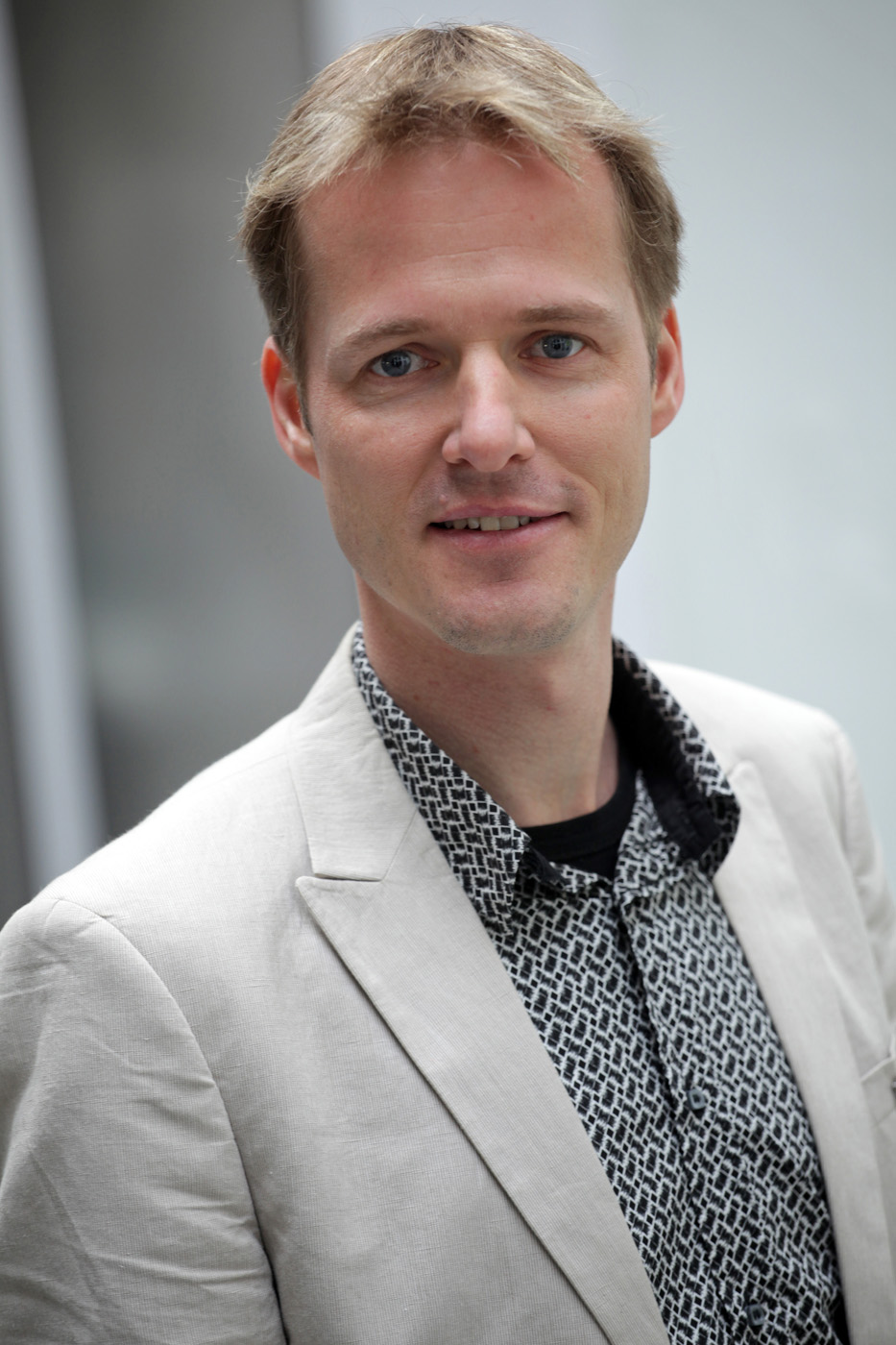Most prestigious French science prize for Fraunhofer researcher
The power of the sun can help to keep us supplied with sufficient energy in the future. The concentrated power of the sun recently also helped a young German scientist earn the “Fondation Louis D” award, the highest-endowed award presented in France for achievements in science. Dr. Frank Dimroth of the Fraunhofer Institute for Solar Energy Systems ISE in Freiburg has developed multi-junction solar cells with record efficiency levels. The award will be presented on June 9, 2010, at the Institut de France in Paris.
In the quest for economically feasible solar energy, teams of researchers worldwide are working to develop solutions that will lower production costs and increase efficiency levels for converting sunlight to electricity. One outstanding variation has been developed by Dr. Frank Dimroth and his team: a metamorphic triple-junction solar cell. It can convert more sunlight to electricity than many other solar cells, reaching a record efficiency of 41.1%. To accomplish this, researchers created a multi-junction solar cell made of III-V compound semiconductors by stacking three single-junction cells on top of each other, each one particularly efficient in converting a limited spectral bandwidth of sunlight to electricity. The result: efficiency levels that nearly double the efficiency of conventional silicon-based solar cells. "I am extremely pleased for my team and the entire Institute in light of this outstanding research prize and the international recognition it brings for our work," Frank Dimroth stated. "This prize shows us once again that we are on the right track toward developing solar technologies. Concentrator systems have the potential to supply Southern Europe with low-cost solar electricity in a matter of just a few years. With our work we are tackling an important task for the future."
A multi-junction solar cell is created with the aid of processes similar to those used in the semiconductor industry. "Our work involves a modern epitaxial process known as metal organic vapour phase epitaxy," Dr. Dimroth explained. The process involves successively depositing solar sub-cells on top of each other on a substrate of germanium. The result is a wafer-thin solar cell structure just a few µm thick, with a well-hidden complex inner structure of up to 50 monocrystalline layers. With the development of metamorphic crystal growth, Frank Dimroth and his colleagues have made it possible to use a larger range of III-V compound semiconductors to grow multi-junction solar cells. This makes the solar cells better adapted to the spectrum of wavelengths found in sunlight.
To date, multi-junction solar cells have been used in space technology to supply satellites with energy. To tap into the high potential efficiencies for regenerative power generation here on earth, Frank Dimroth and his colleagues came up with a special design: They developed a photovoltaic concentrator module that uses Fresnel lenses to concentrate solar radiation by a factor of 500 onto triple-junction solar cells only 3 mm2 in area. This reduces the costly semiconductor surface area required and makes III-V multi-junction solar cells for electricity generation an attractive alternative in regions rich in direct sunlight. Prof. Eicke R. Weber, Director of Fraunhofer ISE, is convinced: "We expect that high-efficiency concentrator technology - in addition to photovoltaics using crystalline silicon and the classic thin-layer technology - will become established as a third technology for cost-efficient generation of solar electricity in the sunny regions of the world."
Frank Dimroth
Following his undergraduate degree in Zurich, Frank Dimroth began doctoral studies at the Fraunhofer ISE in the area of experimental physics and received his Ph.D. in 2000 at the University of Constance. Very early on, he was successful in the field of semiconductor epitaxy, and in 2007 he was named manager of the group "III-V Epitaxy and Solar Cells," a group currently with 50 employees. At 39, he is the author of around 120 scholarly articles and the holder of nine patents for photovoltaic cells. He has supervised numerous undergraduate theses and doctoral dissertations in the area of photovoltaics. With Dr. Andreas Bett, department head and deputy director of Fraunhofer ISE, he has been a driving force in the area of highly efficient III-V multiple-junction solar cells and concentrator photovoltaics over the past ten years. In 2005 the two researchers were involved in the establishment of Concentrix Solar GmbH, a spin-off of the Institute. The company produces concentrator photovoltaic systems and has recently installed its first concentrator solar power plant in Spain.
"Fondation Louis D"
The "Fondation Louis D" was established 10 years ago under the auspices of the Institut de France. The foundation presents a major science award each year, along with a major award for research in the humanitarian or cultural area. The Institut de France is the umbrella organization of the five French academies: Académie française, Académie des inscriptions et belles-lettres, Académie des sciences, Académie des beaux-arts und Académie des sciences morales et politiques. The Institut de France is a non-profit organization dedicated to the advancement of language, science and the arts. The prize carries a cash value of 750,000 euros.
